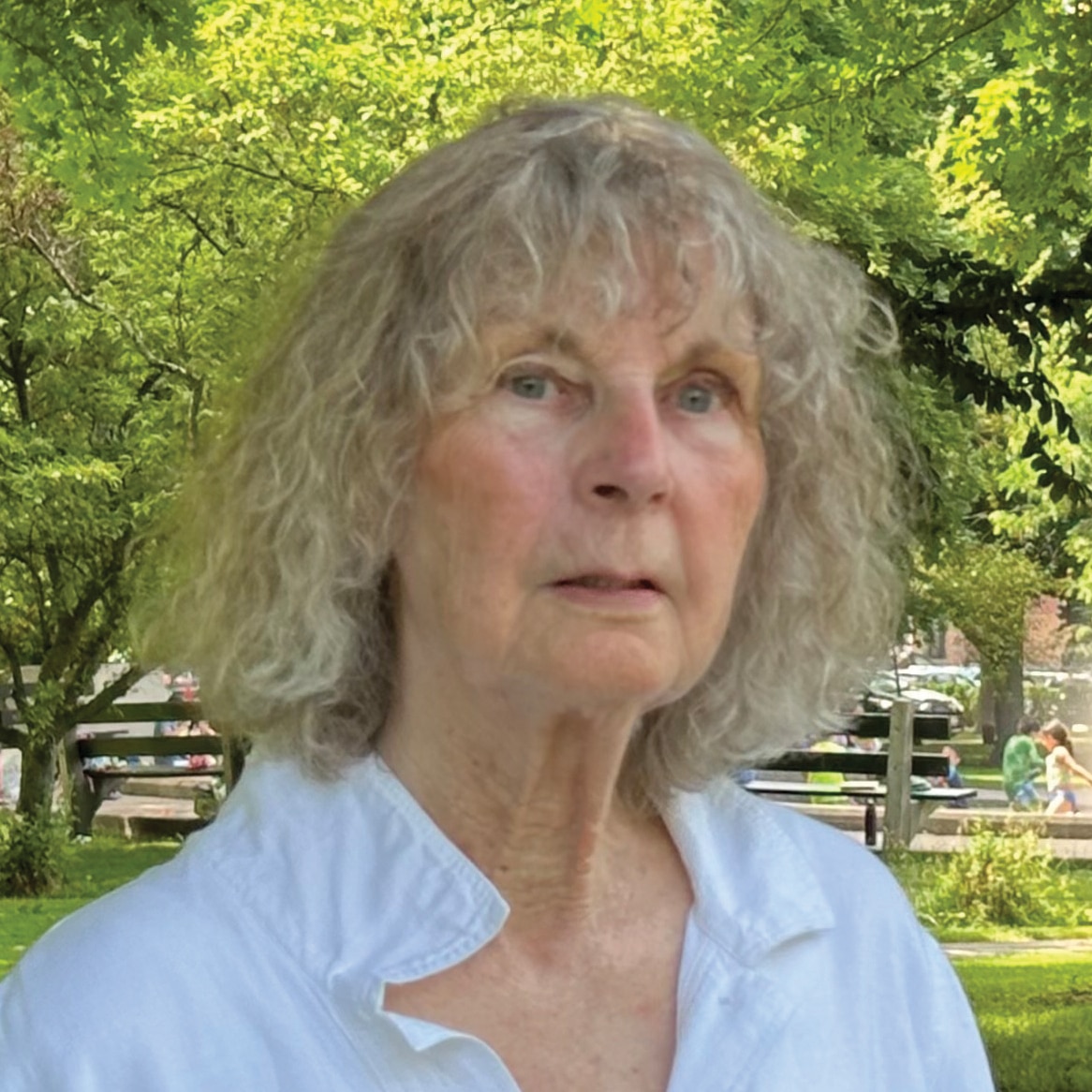A Cure for Chronic Migraine Pain May Only be a Decade Away
The word migraine comes from the Greek words “hemi” meaning half and “krania” meaning skull.
This is a fitting name for the kind of excruciating headache that tortures one half of the brain at a time. With the pain, migraines also come with an aura, sensitivity to light and sound, nausea and vomiting. Writings dating back to ancient Babylonia and Egypt describe these symptoms and various attempts to alleviate the pain. One went as far to rubbing a fried fish on the side of the head that was hurting.
The characteristics of migraines have remained the same, but knowledge of the causes of this chronic disease and ways to relieve the pain or prevent it have evolved. Dr. Richard Kraig, a specialist in migraine patient care and migraine research, who is the director of the Migraine Headache Clinic at the University of Chicago (U of C) Medical Center, says that doctors used to believe that these pulsing or throbbing debilitating headaches that can last between hours and days were only linked to the expanding and contracting of blood vessels in the head.
Kraig points out that there is growing consensus today that a migraine begins with a flurry of increased neural activity, perhaps causing the aura, which is similar to the beginning of an epileptic seizure. It is followed by spreading depression, which is not psychological depression but rather a decrease in nerve activity that spreads slowly throughout parts of the brain.
While different types of drugs can be used to reduce the number of migraines or their intensity, the medication of choice varies from one migraineur to another. The options include anticonvulsant drugs developed to treat epilepsy; beta blockers used for hypertension and heart disease; antidepressants and nonsteroidal anti-inflammatory drugs as well as serotonin receptor drugs, underscoring the theory that there is a relationship between serotonin levels and migraines.
Kraig explains that people who suffer from migraines have several abnormal genes that make the brain and other parts of their bodies more excitable.
“You can look at the brain of a nonmigraineur as a damp Minnesota forest and the brain of a migraineur as a dry West Coast forest,” he says. “A match would trigger a fire—defined as a migraine—more easily in the dry West Coast tinderbox.”
He points out that there is a wide array of triggers that can set off a migraine. They vary from one migraineur to another and range from certain foods, caffeine and alcohol to lack of sleep, missed meals, stressful events, hormonal changes and a drop in barometric pressure.
To prevent migraines, which affect about 10 percent of adult Americans and are more prevalent in women than men, treatment focuses on finding and avoiding the individual triggers that spark each patient’s migraine attack. Kraig points out that exercise, relaxation techniques and biofeedback are also part of the arsenal of the nonpharmaceutical measures to treat migraines.
Dr. David Edelberg also individualizes treatments for patients with migraines by combining conventional medicine, the elimination of triggers, changes in lifestyle and a range of alternative therapies at his WholeHealth Chicago center.
“In holistic medicine, we spend a long time talking to patients about their biography and how it relates to their biology,” says Edelberg. His practice includes more than a dozen practitioners of alternative therapies who offer treatment options ranging from acupuncture, homeopathy, chiropractic medicine, massage therapy and relaxation techniques to herbs such as feverfew and butterbur, and intravenous therapies such as the Meyer’s cocktail, and a combination of vitamins and minerals including magnesium.
“It’s not an ‘either/or;’ we combine treatments,” says Edelberg, the author of The Triple Whammy Cure: The Breakthrough Women’s Health Program for Feeling Good Again, which includes a chapter on migraines. “Many doctors seem to have only one tool in their toolbox, and that’s their prescription pad. I like to think of our center as a toolbox with a lot of therapeutic possibilities.”
The future holds promise of new treatments. Kraig is heading research to decipher how increased physical, mental and social activities strengthen the form and function of the brain and protects it from neurological disease such as migraines. He predicts, “With the speed of the development of personalized medicine, the development of novel therapies to treat migraines using natural biologic signals will become evident within the next five to 10 years.”
Published in Chicago Health Summer 2011

Nancy Maes, who studied and worked in France for 10 years, writes about health, cultural events, food and the healing power of the arts.










